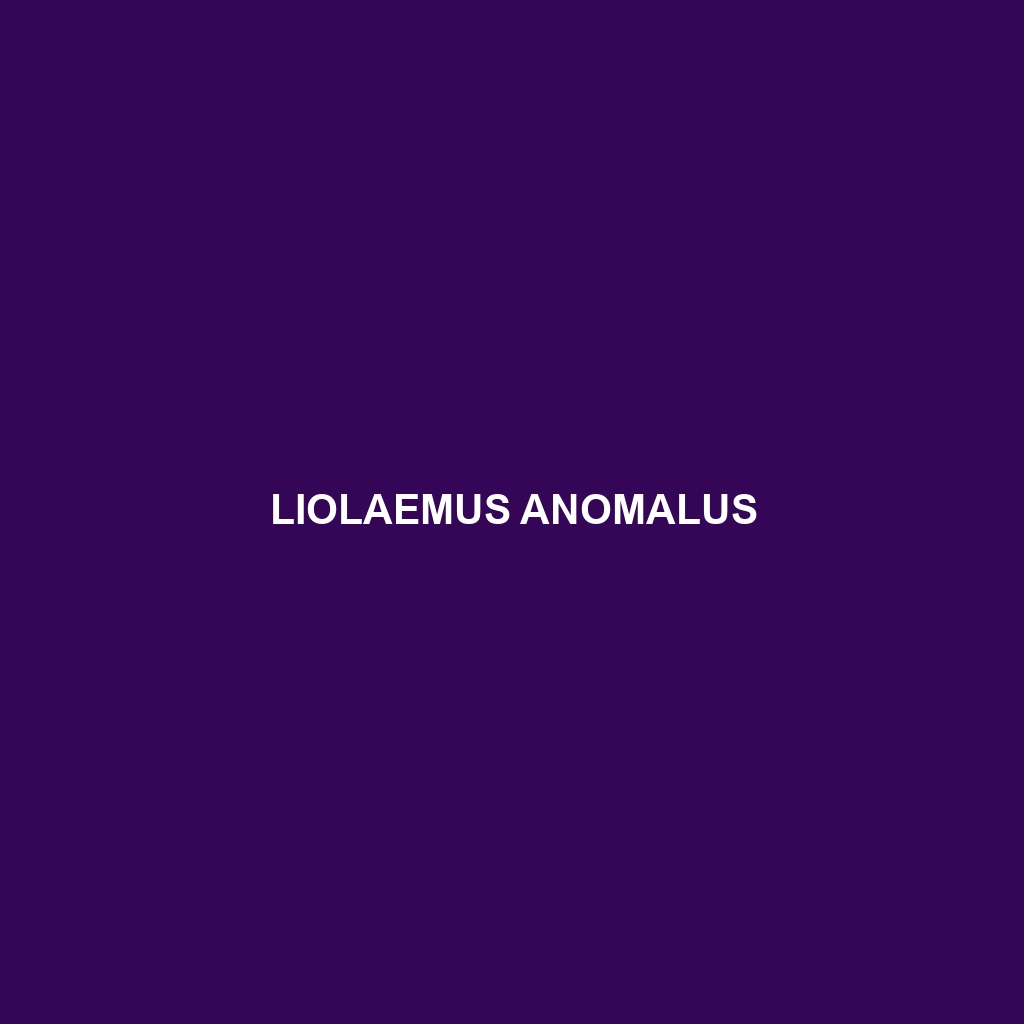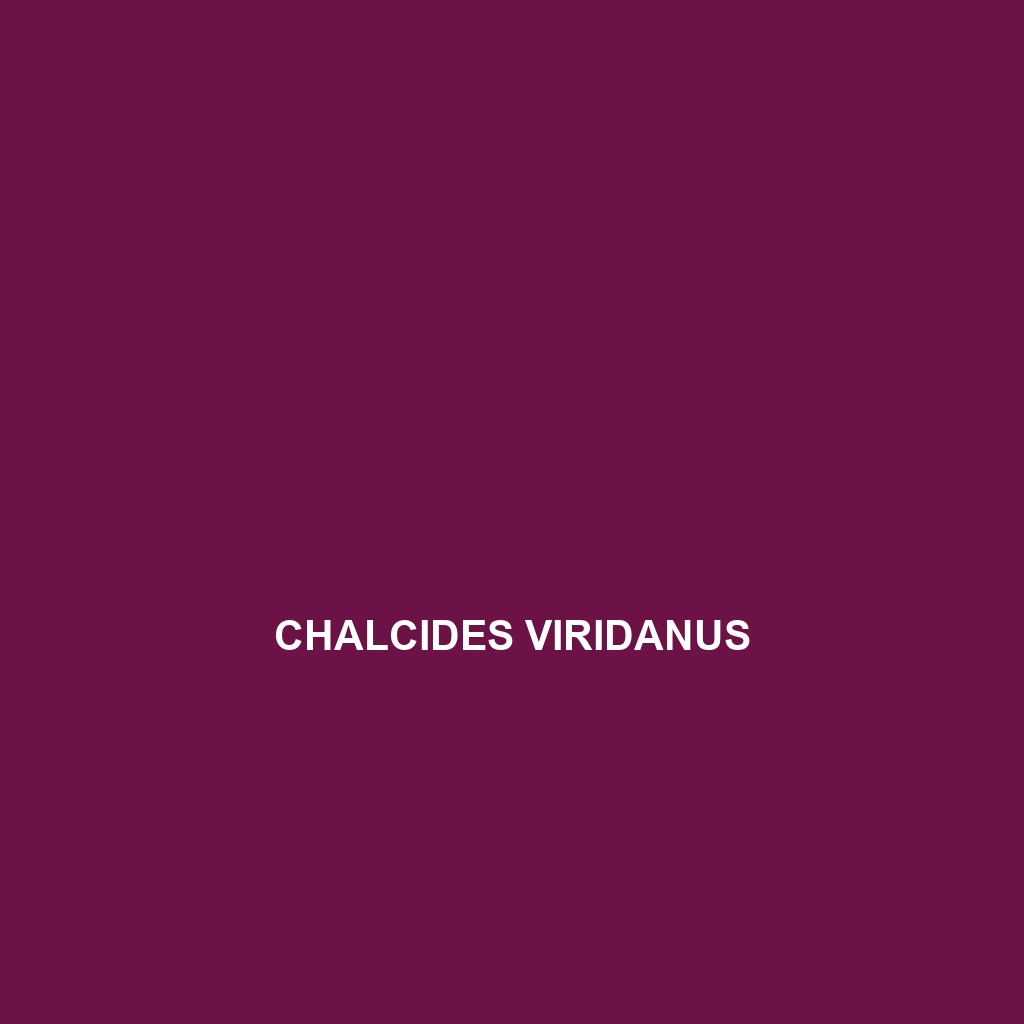<b>Liolaemus hellmichi</b>, a striking lizard native to Argentina's Patagonia region, thrives in diverse habitats, displaying unique color patterns and remarkable adaptability to cold environments. As an insectivore, it plays a crucial role in maintaining ecological balance while showcasing intriguing social and reproductive behaviors.
Tag: ovoviviparous lizards
Liolaemus anomalus
Introducing the Liolaemus anomalus, a small, agile lizard measuring 8 to 12 cm, known for its distinctive brown and gray coloration, diurnal behavior, and insectivorous diet. This species thrives in the temperate forests and grasslands of Patagonia, Argentina, playing a vital role in its ecosystem through insect population control and ecological dynamics.
Chalcides viridanus
Discover the Chalcides viridanus, or green skink, a vibrant lizard native to the Mediterranean regions of southern Europe, known for its sleek, serpentine shape and diurnal behavior. Thriving in warm, sunny habitats, this species plays a crucial role in controlling insect populations while exhibiting remarkable camouflage and tail regeneration abilities.
Chalcides ebneri
<h2></h2> <p>Discover the <b>Chalcides ebneri</b>, or Ebner's skink, a diurnal species native to the Mediterranean regions of Europe, featuring a sleek, elongated body measuring 15 to 25 cm, smooth scales in various shades, and a diet of small invertebrates. This vulnerable skink is known for its habitat in dry, rocky areas and its fascinating ability to regenerate its tail, playing a crucial role in maintaining ecological balance.</p>
Carlia gracilis
<p><b>Carlia gracilis</b>, commonly known as the slender skink, is a small, agile lizard found in eastern Australia, characterized by its streamlined body, long tail, and pale stripes. Preferring moist habitats, this insectivorous species plays a vital role in its ecosystem by helping control insect populations and serving as prey for larger animals.</p>




